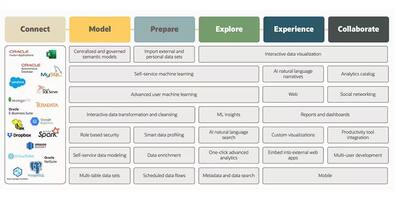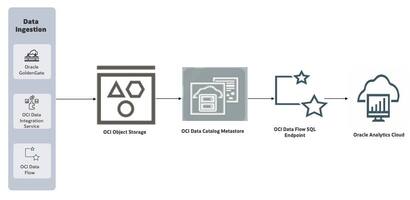
Most companies face at least one major disruption to their business every couple of years, much like the global pandemic we're facing now. A single event like this can cause catastrophe. Imagine what could happen if you encounter more than one.
In 2019 my company, Western Digital, faced two potential disasters within 30 days of each other: a major power outage in our manufacturing facility in Japan, and U.S. government sanctions against China, which disrupted operations with one of our trading partners.
Moments like these can make or break a finance career. The team must scramble to assess the potential impact, update forecasts, and recommend ways to mitigate the damage. These are the moments that the entire company is looking to finance and the team's insights. The last thing you want is to propose a bad strategy-or, even worse, no strategy at all.
At Western Digital, our leadership team was able to pivot quickly and mitigate 98 percent of the potential issues for our customers, while still meeting government requirements. How did we do this? By having the right technology in place to provide fast access to real-time information, update our forecasts quickly, model new scenarios, gain new insights, and make the right decisions.
When I look back on these incidents, I see the power of technology to not only solve complex and urgent business challenges, but also accelerate careers. Women frequently shy away from technology later in education and in careers. However, technology can help promote women along their leadership journeys if they embrace and champion technology-driven change.




